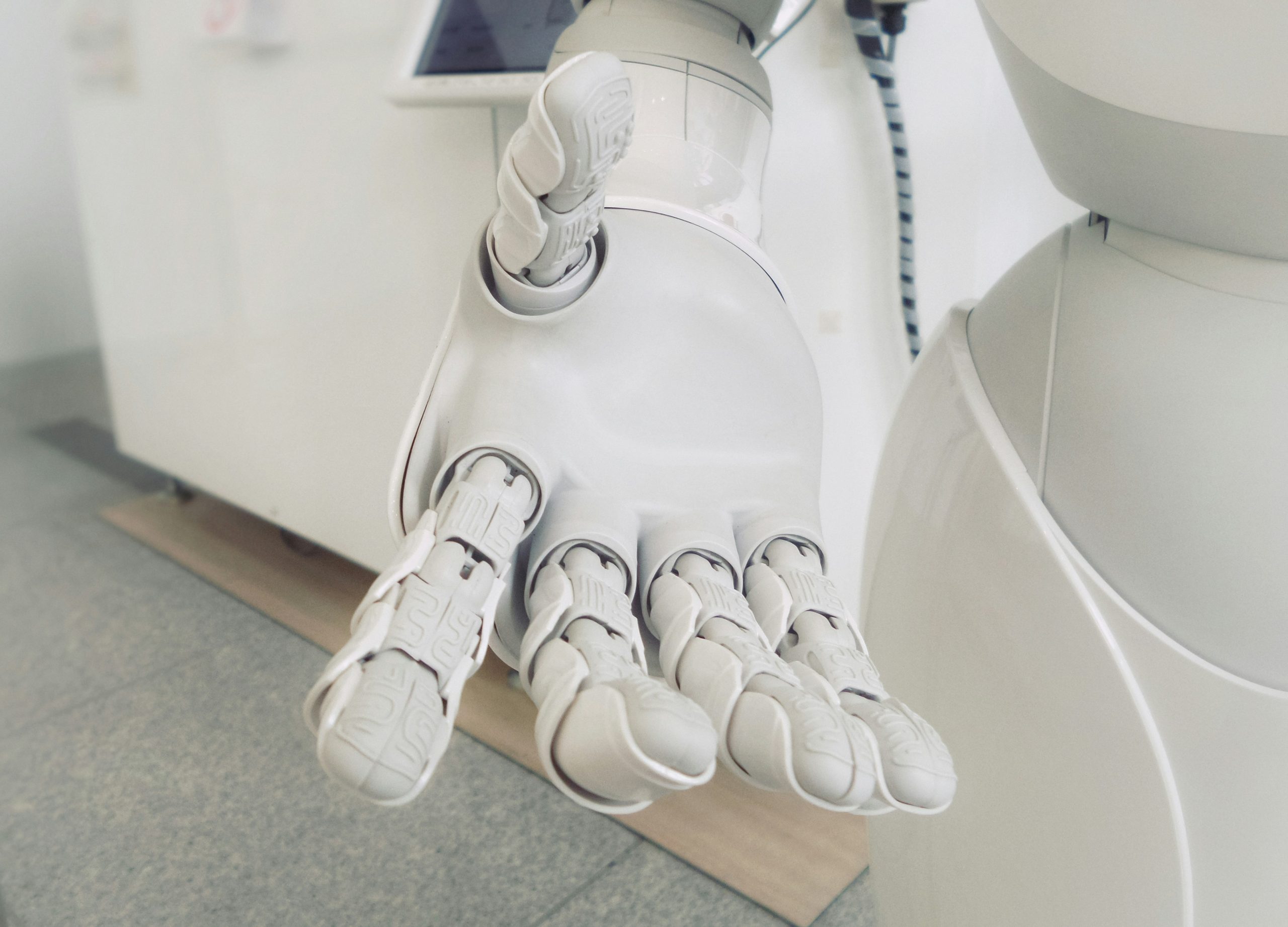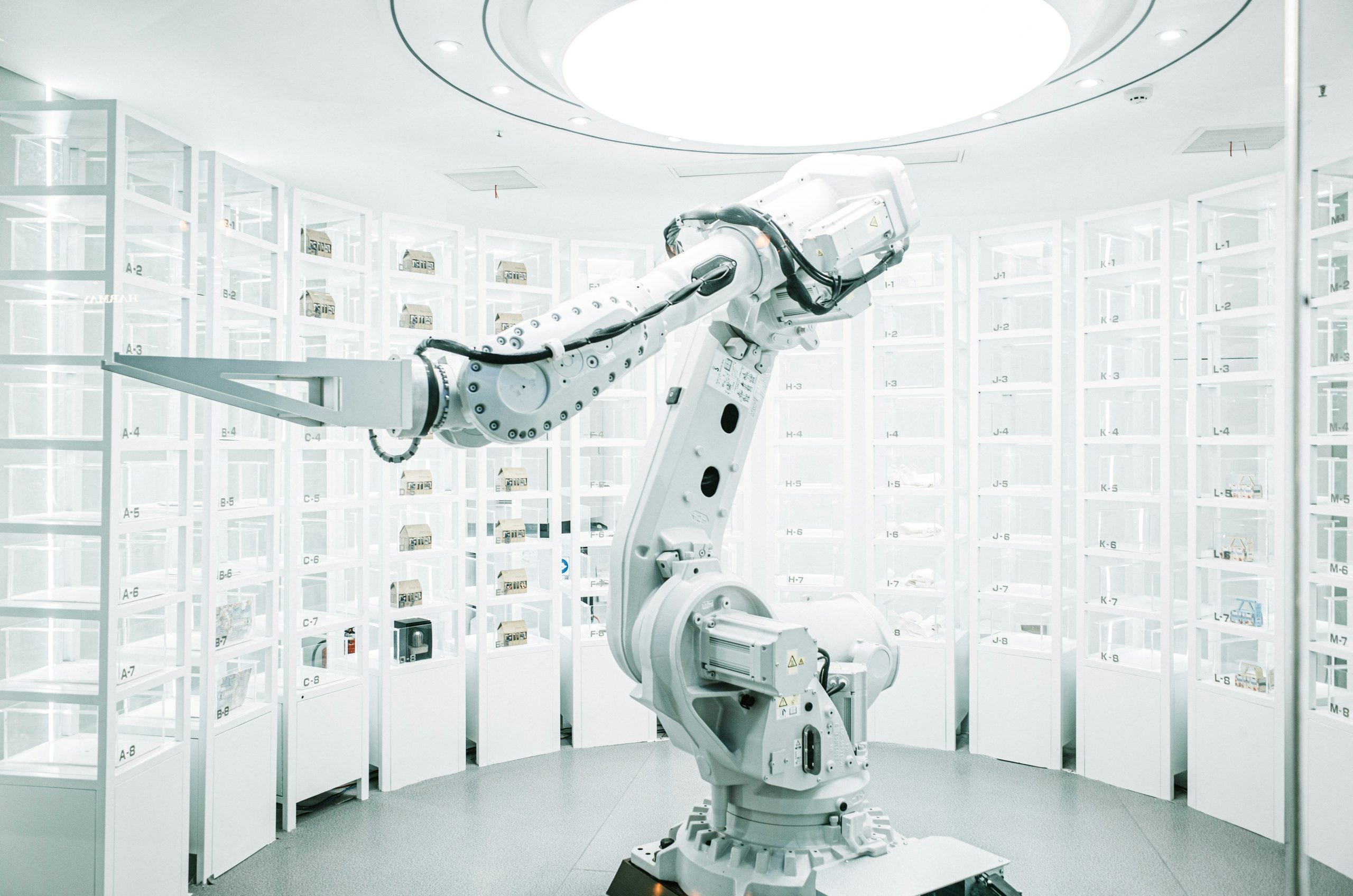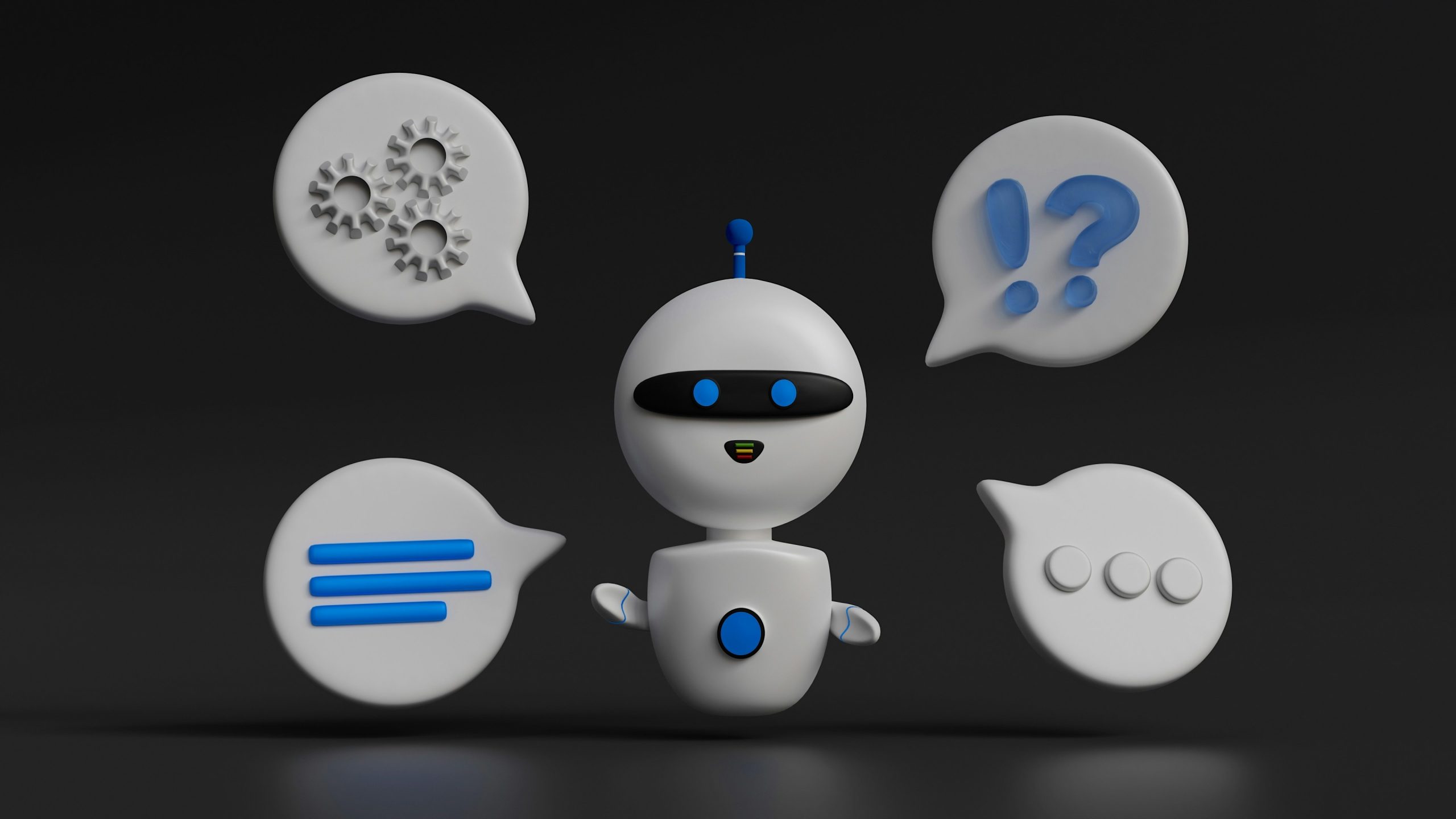If you’re thinking, “AI in recruitment? Isn’t that a bit much?” — trust me, it’s not! It’s all about making your job easier and finding the best candidates faster. Ready to dive in? Let’s get started.
What Are AI-Powered Resume Insights?
First things first, what are we even talking about when we say “AI-powered resume insights”? Simply put, this is where artificial intelligence steps in to help analyze resumes. Instead of spending hours sifting through piles of resumes, AI does the heavy lifting, picking out the most relevant information and giving you a shortlist of top candidates.
Think of it like having a super-smart assistant who can read through all the resumes, understand the job requirements, and highlight the best matches. Tools like Aeon save time, reduces bias, and can make your recruitment process much more efficient.
Why Should You Care?
Before we dive into the how, let’s touch on the why. Why should you even bother with AI in your recruitment process?
Speedy Screening – AI can scan and sort through hundreds of resumes in a fraction of the time it would take a human.
Focus on What Matters – With AI handling the initial screening, you can focus more on interviews and engaging with potential hires.
Better Matches – AI analyzes skills, experiences, and qualifications to match the best candidates to your job openings.
Data-Driven Decisions – You get insights based on data, reducing the chances of overlooking a great candidate.
Objective Screening – AI evaluates resumes based on data, not on unconscious biases.
Diverse Talent Pool – This can help you build a more diverse and inclusive team by focusing solely on qualifications and experience.
Steps to Implement AI-Powered Resume Insights
Alright, now that you’re convinced this is the way forward, how do you actually implement AI-powered resume insights in your recruitment process? Let’s break it down step by step.
Before you dive in, take a moment to identify your specific needs. Are you struggling with the volume of applications? Do you want to reduce bias in your hiring process? Understanding your pain points will help you choose the right AI tools and strategies.
There are many AI tools out there designed for recruitment. Do your research, read reviews, and maybe even request demos to find the tool that best fits your needs.
3. Integrate with Your Existing Systems
You probably already have an Applicant Tracking System (ATS) in place. Make sure the AI tool you choose can integrate seamlessly with your ATS. This integration is crucial for a smooth workflow and to ensure that all data is centralized and easily accessible.
AI is a powerful tool, but it’s only as good as the people using it. Provide training for your recruitment team to ensure they understand how to use the AI tool effectively. This could include:
Once your team is trained, it’s time to set up the AI tool. This typically involves:
Before fully rolling out the AI tool, run a test phase. Select a small number of job openings and use the AI tool to screen candidates. Compare the results with your traditional screening process to identify any discrepancies and make necessary adjustments.
Once you’re confident in the AI tool’s performance, launch it fully. But remember, this isn’t a set-it-and-forget-it solution. Continuously monitor the tool’s performance, gather feedback from your recruitment team, and make improvements as needed.
Tips for Maximizing the Benefits of AI in Recruitment
Here are some tips to help you get the most out of your AI-powered resume insights:
Potential Challenges and How to Overcome Them
Of course, no technology is without its challenges. Here are some common issues you might face and how to tackle them:
Solution – Involve your team in the decision-making process from the start. Provide clear communication about the benefits and how the tool will make their jobs easier.
Solution – Ensure the AI tool complies with data protection regulations. Choose tools that offer robust data security measures.
Solution – Remember, AI is a tool to assist, not replace. Maintain a balance between AI and human judgment.
Conclusion
Implementing AI-powered resume insights in your recruitment process can transform the way you hire. It saves time, improves the quality of hire, and reduces bias. By carefully choosing the right AI tool, training your team, and continuously monitoring performance, you can harness the power of AI to build a stronger, more diverse team.







